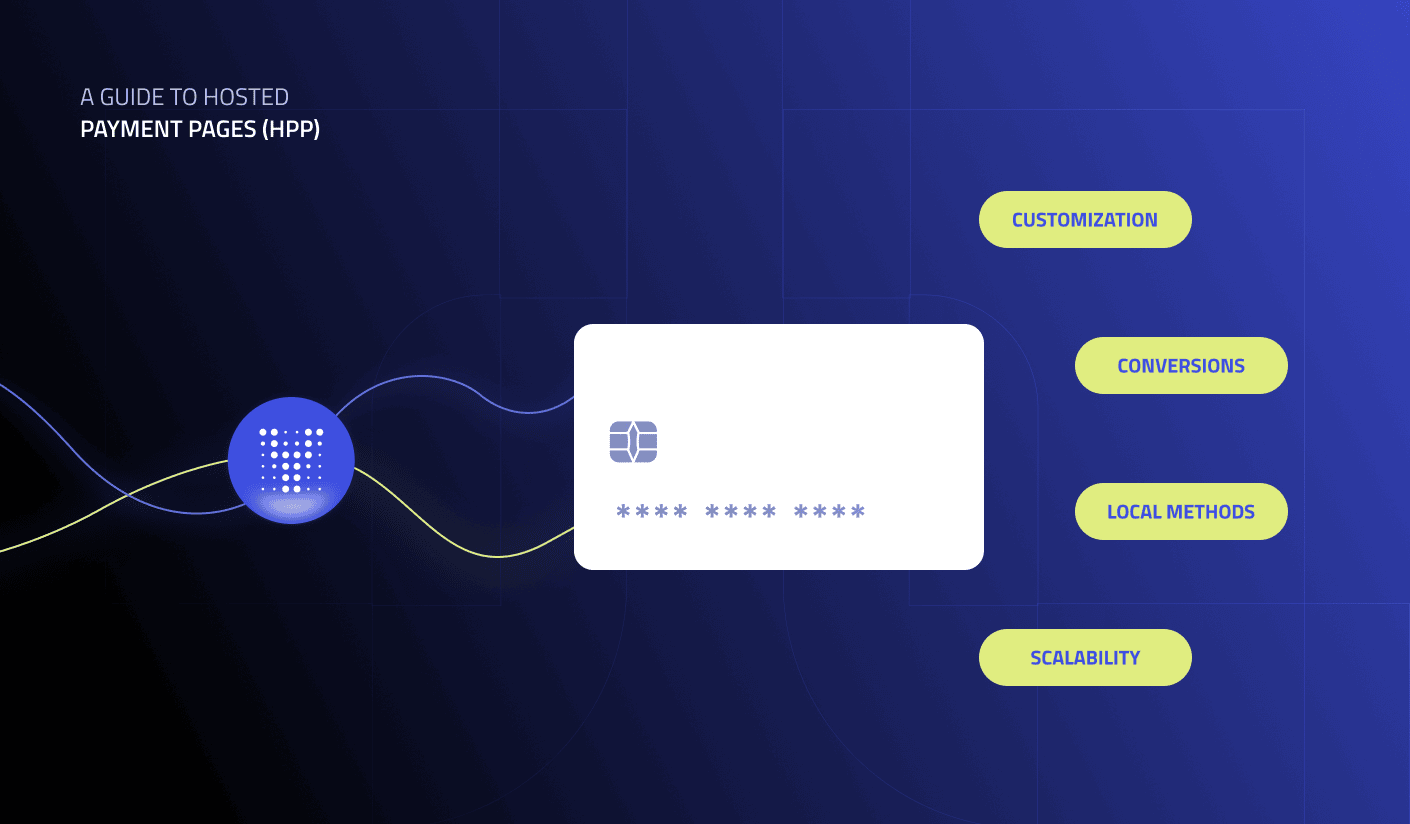Mobile payment challenges and solutions for e-commerce
Mobile payments are reshaping e-commerce, offering speed and convenience but also presenting unique challenges such as integration complexity, regulatory compliance, and security risks. Addressing these issues is vital for creating secure and seamless payment experiences.

Mobile payments have revolutionized the way consumers shop, offering unprecedented convenience and speed. As e-commerce continues to grow, businesses must adapt to a landscape where mobile transactions are increasingly common.
However, this shift brings various challenges, from integrating diverse payment platforms to complying with complex regulations. Successfully navigating these challenges is crucial for delivering secure and user-friendly payment experiences that meet customer expectations.
Key challenges in mobile payments
As mobile payments become more prevalent, e-commerce businesses face a range of challenges that can impact the efficiency and security of their payment systems. Addressing these issues is crucial for delivering a smooth and trustworthy customer experience.
Fragmented payment methods
The variety of mobile payment options, including Apple Pay, Google Wallet, and Samsung Pay, creates a fragmented ecosystem. This diversity can complicate integration efforts and lead to inconsistent user experiences. Businesses must create solutions that work across multiple platforms and accommodate different customer preferences.
Regulatory compliance
Navigating regulations like PCI DSS, GDPR, and PSD2 is challenging, especially for businesses operating across different regions. Non-compliance can result in hefty fines and damage a company's reputation.
Technical integration
Integrating mobile payment solutions with existing systems can be complex and resource-intensive. Ensuring compatibility across various devices requires managing different APIs, SDKs, and protocols, which can be prone to errors.
Security concerns
Securing sensitive customer information is critical in mobile payments. Businesses need robust measures to prevent data breaches, unauthorized access, and fraud, all of which can undermine customer trust.
Strategies to address mobile payment challenges
To effectively manage the complexities of mobile payments, businesses must adopt a strategic approach that covers various aspects of technical integration, compliance, and user experience. Below are some key strategies to help navigate these challenges.
Optimizing technical integration
Ensuring seamless operation across different devices and platforms is critical for providing a consistent user experience. Businesses should focus on:
- Cross-Platform Compatibility: Guarantee that payment solutions are compatible with various devices and operating systems through thorough testing.
- Testing and Quality Assurance: Regularly conduct tests to identify and resolve integration issues, maintaining the system's reliability and user satisfaction.
- Scalability: Design systems with future growth in mind, allowing for the incorporation of new payment methods as needed.
Simplifying payment integration
A streamlined integration process can significantly enhance operational efficiency and customer satisfaction. Key approaches include:
- Unified Payment Gateways: Choose gateways that support a broad range of payment options, simplifying the management of multiple providers.
- APIs and SDKs: Leverage these tools to facilitate a smooth integration with existing systems, standardizing and speeding up the process.
- Modular Approach: Adopt a modular system design, enabling easy updates or additions of new payment methods without extensive overhauls.
Ensuring regulatory compliance
Adhering to regulatory standards is essential for protecting customer data and maintaining trust. To ensure compliance:
- Regular Audits: Perform audits to verify compliance with relevant regulations, identifying and addressing any gaps.
- Compliance Management Tools: Use these tools to monitor regulatory changes and streamline compliance processes.
- Data Privacy Policies: Establish clear policies that align with regulatory requirements, safeguarding customer information.
Enhancing user experience
A smooth and intuitive user experience can significantly reduce cart abandonment and increase customer satisfaction. Focus areas include:
- Simplified Checkout Process: Streamline the checkout process by minimizing steps and incorporating auto-fill features, making it quick and easy for customers.
- Responsive Design: Ensure that payment interfaces are optimized for all screen sizes, providing a consistent experience across devices.
- Fast Load Times: Enhance system performance to reduce delays, which can lead to cart abandonment.
- User-Friendly Interface: Design clear and intuitive interfaces that facilitate easy transactions and minimize user errors.
Building a future-proof payment strategy
Successfully managing mobile payment systems is essential for e-commerce businesses aiming to provide top-notch customer experiences. By tackling integration challenges, ensuring compliance, and focusing on security, businesses can build reliable and user-friendly payment systems. Staying informed about emerging technologies like blockchain and AI will allow companies to innovate and stay competitive. Now is the time to refine your e-commerce payment strategy, ensuring it is robust, compliant, and ready for the future of digital transactions.











